This is not Gran Turismo, Forza, or Project Cars. Need for Speed is a fast and the furious simulator, and this year’s iteration, though not perfect, is the best one yet.
If you haven’t played any Need For Speed games, it is an arcade style racing game where you get to modify and tune your cars. It typically has a good assortment of mechanical and visual upgrades that simulates the modding and tuning experience. As for the game franchise’s story, it is usually, “Started from the bottom and now we’re here.”
[taq_review]
The recipe hasn’t changed for 2015’s version of Need For Speed. From the get go you’re thrown into a fictitious world where car enthusiast, lawbreakers and ravers commingle. They all meet in gritty and sexy “Underground” environments similar to what you have seen in the Hollywood movies. This is a good thing because the reality of car culture is normally quite ugly, basically a bunch of single dudes meeting up in a strip mall parking lot talking about cars.
The game’s storyline, or lack thereof, is delivered live action and through the first person point of view. Your character is a nondescript, non-talking male that communicates via fist-bumps and pound-hugs. There’s nothing interesting about your character other than being a ‘Noob’ that can drive, and that is reason enough for the game’s cast of characters to gravitate to you. As you progress through the story mode, finishing first in various sprint, gymkhana, and drift events, you continually impress your one-dimensional cohorts. There’s an overly excitable dude that for some childish reason becomes jealous of your driving abilities. There’s a nerdy mechanic that tries too hard at being one. There’s a Dominic Torreto, big-brotherish type. And there’s a bunch of other forgettable characters that don’t really add much to the game. Finally, there are some celebrities deep in the B-list such as Ken Block, Nakai San, and Magnus Walker to help drive the story. In case you don’t know who they are, you will be able to tell them apart because they are the worst actors in the game.
The cutscenes aren’t worth listening to but definitely worth a few looks. Cars that you have modified would occasionally pop into the same scene with the live action actors and actresses. The first time you see this effect is when picking out your first car. It’s hard to notice that these cars are computer generated as the cutscenes are shot with a lo-fi, overly saturated, filter. Eventually as you improve your car, every modification and decal artistry can be seen right along side the live actors. This neat effect makes the cutscenes something to look forward to, as the hard work that went into customizing your ride pays dividends by looking good on screen.
When not watching the live actors you get to actually drive in the open world of Ventura Bay, pretty much a condensed version of Los Angeles. The world is beautifully crafted, containing city streets, highways, and hilly switchbacks, allowing for interesting race courses in various event styles. It also rains A LOT, which makes it hard to believe that this fictitious town supposedly exists in the state of California. The weather effects also make for very pretty pictures, though the car’s handling doesn’t suffer from it at all.
The handling does depend on your vehicle’s tuning and performance, and thus lies the core of the Need For Speed games. The game’s progression works on a reputation/level based system. The more you drive, the more reputation you earn, and the more parts you unlock. The visual modifications are rewarding as you can see your car’s transformation. However, engine and mechanical upgrades are purely a stats game with no visual payoff. Basically it’s “buy this much and you become faster by that much.” The engine modification experience I was hoping for gets lost in the numbers.
In addition to buying upgrades, tuning is an essential element in winning the game. Tuning the handling is a matter of sliding the various settings such as tire pressures, brake bias, sway bar adjustment, etc. Whichever parameter you modify does not really matter as they all contribute to the more important Drift or Grip handling styles. The more you tune for Drift, the easier it is for you to initiate and maintain drifts. The more you tune for Grip and the rear end does not break loose as easily. You will be re-tuning more often than not in order to keep placing first in the varied events. Sprint race and time trial events would be easier to accomplish with Grip style tuning, while Touge and Drift Train events would obviously favor cars tuned for Drift. Then there is Gymkhana which requires both stylish and fast driving. This event requires a balanced approach between both Drift and Grip styles.
Whichever race you participate in, the overall look of the cars and the environment is downright gorgeous. Blazing through highways at 200+ mph looks just as good as when you’re standing still. The mountain roads are densely populated with details like lush trees, vegetation, rocks, cliffs, and streetlights, while the cityscapes and suburbs are filled with unique buildings, each with their own supporting infrastructures, such as parking lots, trash cans, bus stops, miscellaneous guard rails, and construction zones. Ventura Bay feels like its real world counterpart.
Despite the gorgeousness of it all, a few design elements take away from its polish.
The environment is devoid of human existence and contains little to no traffic. It can be assumed that everyone in Ventura Bay is no longer on the roads and are at home sound asleep. While this gives the sense of being part of an “Underground” crew racing through the night, the absence of other lifeforms give off a weird post apocalyptic feel to an otherwise vibrant looking city.
Another missing feature is daytime. The game exists only between the evening and dawn/dusk timeframes. Ventura Bay must be going through its winter solstice. What’s even worse is that the lighting transition from golden hour to darkness is not dependent on the passage of time, rather it is dependent on your location. In other words, you can watch the game lighting quickly shift from evening to dawn/dusk just by driving a short distance. Drive that distance in reverse, and you’ll undo the transition as if you’ve just traveled back in time, it is truly off-putting.
Finally, the AI can at times be horrid and downright frustrating. The game will apply “rubber banding” where computer controlled players will miraculously catch up to you, keeping races artificially exciting until the last second. This rubber banding effect is manageable in the beginning but becomes more unforgiving and unrealistic in the later stages. I refuse to believe that my 1000+ hp Lamborghini Aventador can be decimated by a Nissan Sileighty.
This broken attempt at making races exciting gets goofier in Drift Train events, where the goal is to score drift points while staying close to competing drifters. Go in front of the pack and your opponents will recklessly missile their car while you are in mid drift. Stay too far back and you will be left in the dust not able to score points. The middle of the pack seems to be the best place to earn points but you still risk being derailed by nonsensical opponents.
Considering the shortcomings and oddities, Need For Speed is still a thoroughly fun racing game. You can purchase a copy right here. Nailing down drifts through hairpins and switchbacks is an amazing feeling as it is a delicate balancing act. Controlling your car at insanely high speeds looks downright beautiful as the richly detailed surroundings naturally blur around you. Running through Gymkhana courses is seriously difficult even in a fictionalized and simplified game environment. And if the racing doesn’t satisfy you, there are endless hours in which you can spend creating works of art.
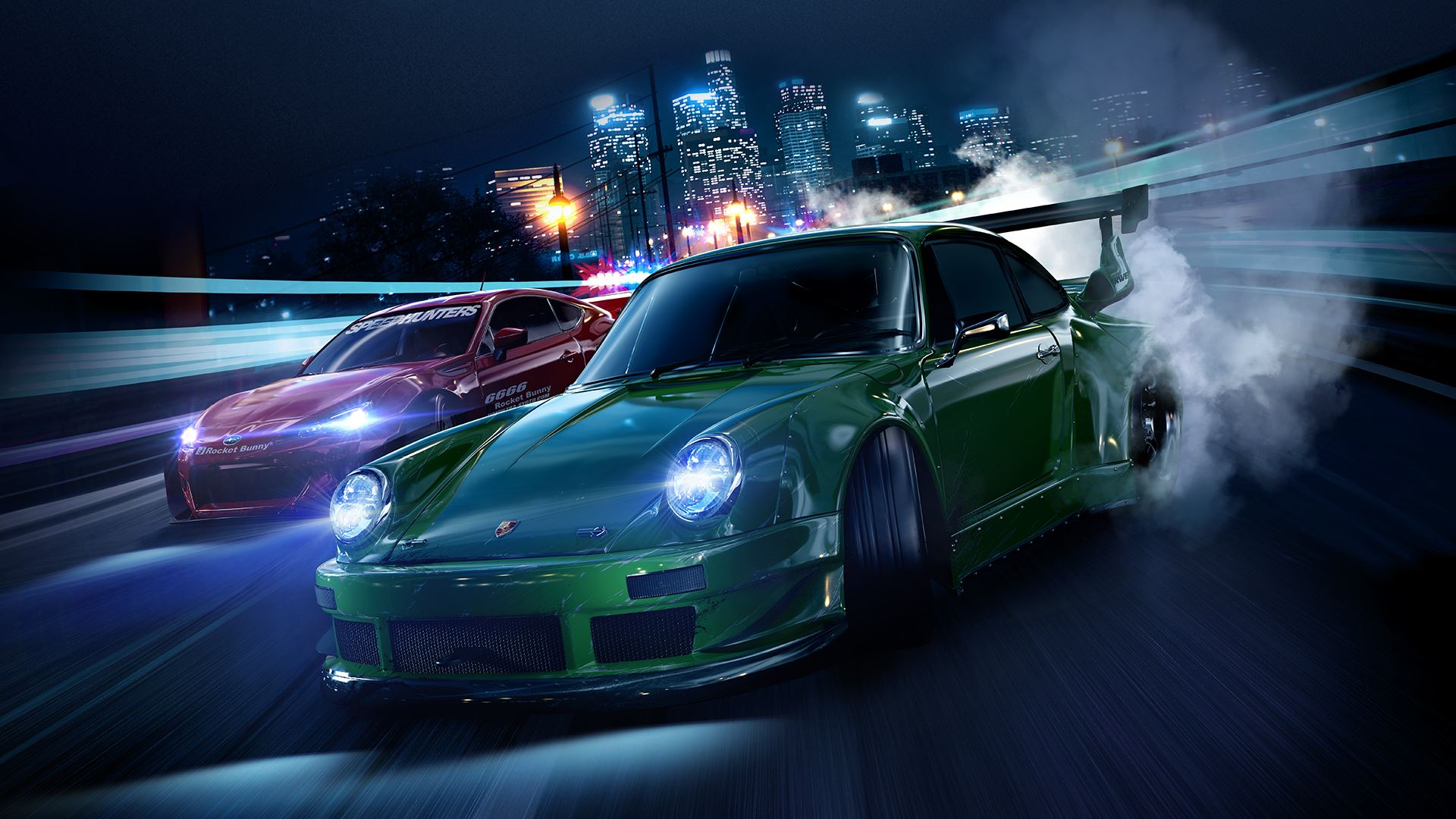
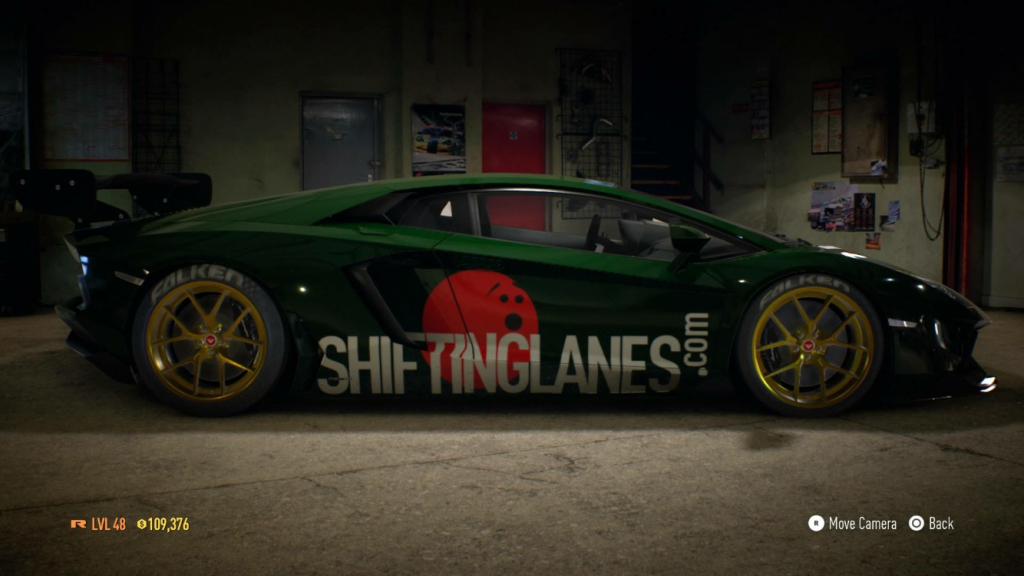
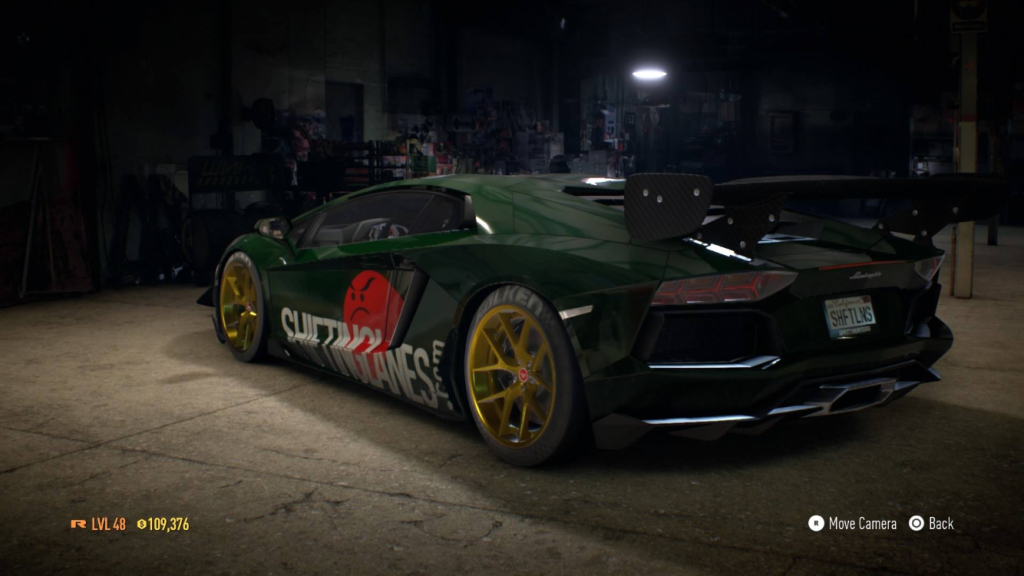
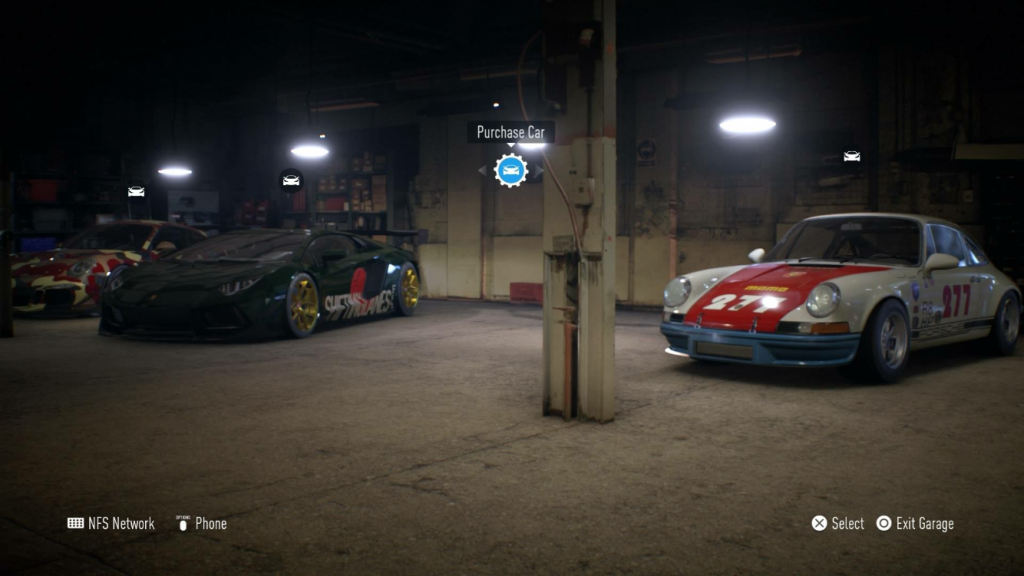
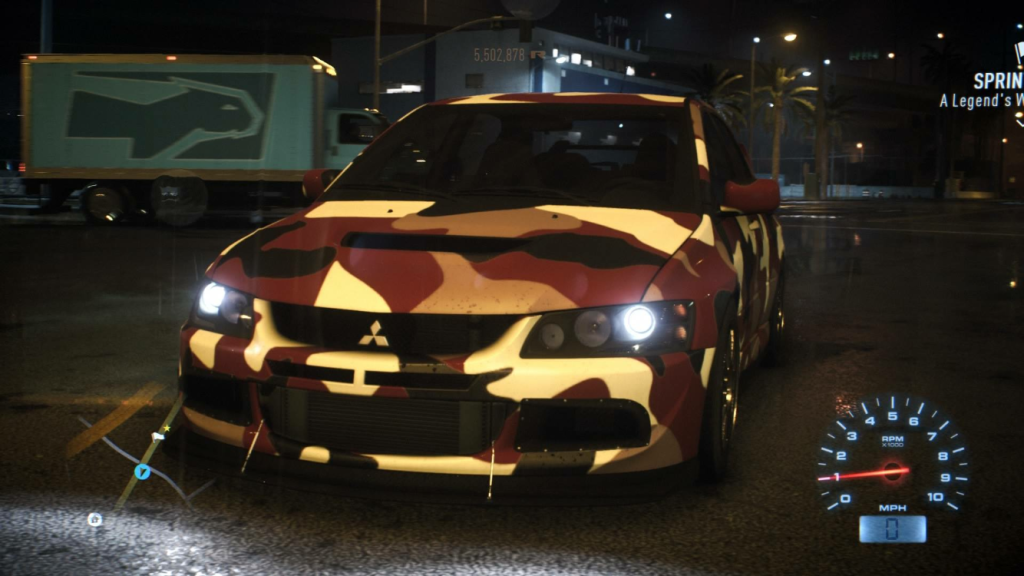
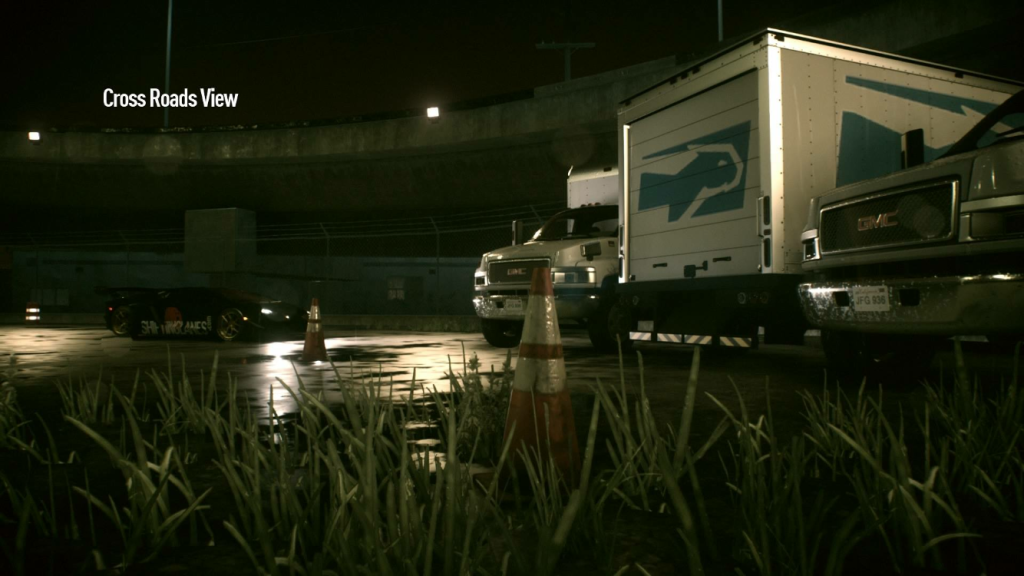

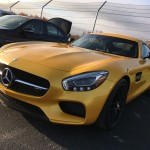

Comments
Loading…
Leave a reply